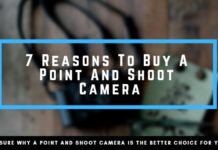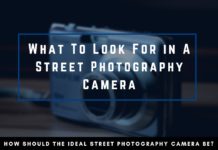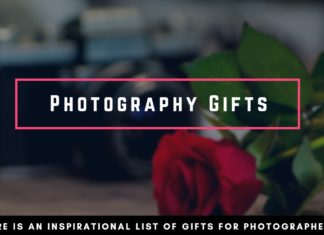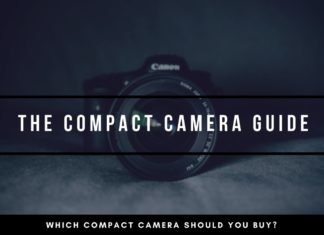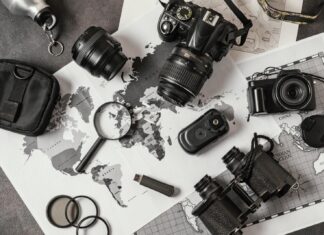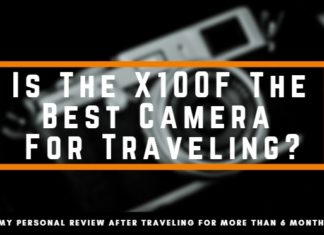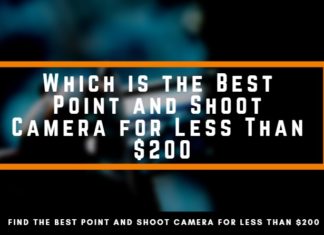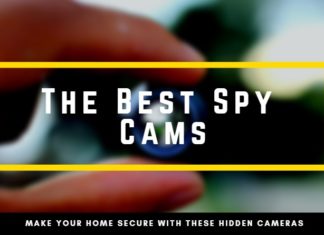There are several approaches to Street Photography. You can take Your smartphone, a telelens, a zoom lens or – my preferred choice – a short prime lens of 35mm for Street Photography. If I had to make the decision to shoot with one focal length for the rest of my life, it would be for sure the 35mm lens.
Street Photography with a 35mm lens just feels as if I have the freedom to take any picture I want. Never had I the urge to try a zoom-lens when I am able to move freely and just walk up close with the prime lens.
35mm are the “classic” approach when it comes to Street Photography and Photojournalism and I think there are many reasons why it remains such a popular choice for Street Photography.
If You haven’t, You should try it Yourself. I made the mistake to go for a cheap “nifty-fifty” first and now I regret trying the 35mm only later.
Characteristics of different Focal Lengths
In general, You can put lenses in two categories that are compared to our natural human viewing field.
Wide-angle lenses have a greater viewing field and usually begin at a focal length of 28mm. They are often used by landscape photographers or Street Photographers that work in huge crowds and can get close to people very easily. The shorter the focal length, the more distorted the perspective will be.
Most prominent in fish-eye perspectives the center of the frame will be the closest to the viewer, while the edges seem to fade away. This effect, less prominently also occurs in other wide-angle focal lengths.
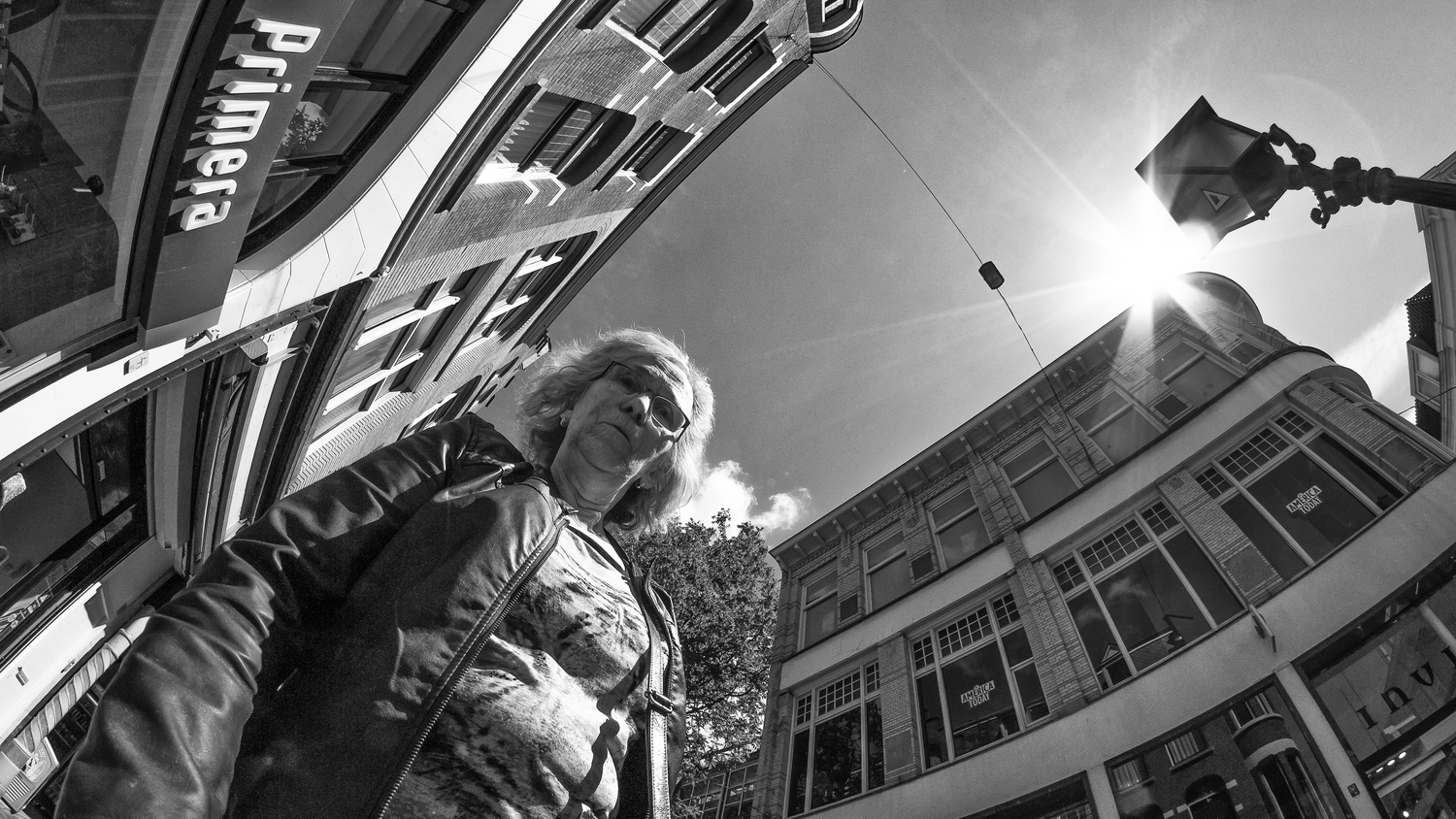
In contrast to wide-angle lenses, focal lengths beginning at 50mm zoom into the scene compared to our natural perception. The longer the focal length, the more “compressed” a scene will also look like. It is the opposite of the fisheye distortion, but not in such extreme ways and less noticeable.
Long focal lenses aren’t my favorites in Street Photography because they convey a certain distance to the subject. Although You technically are closer to a person with a longer lens, it always feels as if the subject is very far and not really connected to the photographer. Which is important to tell a story and transport emotions.
The 35mm in Street Photography
In-between the aforementioned focal lengths are now the 35mm. To make it clear, when I talk about 35mm I describe the full-frame equivalent. In today’s APS-C sensors a focal length of ~22-23mm would be the 35mm full-frame equivalent. This will become relevant when I talk about modern 35mm cameras later.
So as You can see, the 35mm is neither wide-angle nor a telelens. The characteristics of the 35mm match our natural human perspective the best. This is the reason, why I believe that the 35mm is the best choice for Street Photography of available focal lengths.
It allows me to move normally on the street, see an interesting scene and I am able to frame the scene already with my eyes. After finding my final frame I only have to take the camera and capture the scene.
With any other focal length, I would always have to adjust for the differences of perspectives between the glass and my eyes. Of course, You can get used to these differences, but I feel that it is always an unnatural obstruction that I can avoid by simply photographing with 35mm in Street Photography.
The 35mm is also a good choice to get close to people without being too invasive. In any wide-angle lens, when I want to take candid close pictures, I basically have to shove my camera in their face. With the RicohGR that is okay, because the camera is very unobtrusive itself. But with any other choice, it would become too distracting to work with bigger gear.
You also don’t require much time to adjust, after You maybe switch from another focal length to 35mm. After all, the 35mm is closest to our normal viewing experience, therefore we already can frame with that focal length naturally.
Which brings me to the next big advantage of using a 35mm lens in Street Photography.
Shooting from the hip with 35mm
There are situations in Street Photography where we cant use the viewfinder to compose our photograph. If you are lucky, You have a camera with a tiltable screen that You can move around to look at.
Without such modern technique, You have to rely on Your intuition when using the camera to know the framing. Since the 35mm is close to our human viewing behavior, I find that it is very easy to use the camera without even looking through the viewfinder or the screen.
This can be incredibly useful when You either want to photograph secretly or want to move quickly and taking pictures without having the camera constantly in front of Your face.
Admittedly, shooting from the hip becomes “easier” the wider the lens, but on the flip-side, there is also a lot of cropping involved when using a wide-angle lens for this purpose.
Using a 35mm focal length for shooting from the hip should allow You to get the most quality out of these images.
German Photographer Paul Ripke who followed the German National Team at the World Cup Finals in 2014 used this technique a great deal during this series.
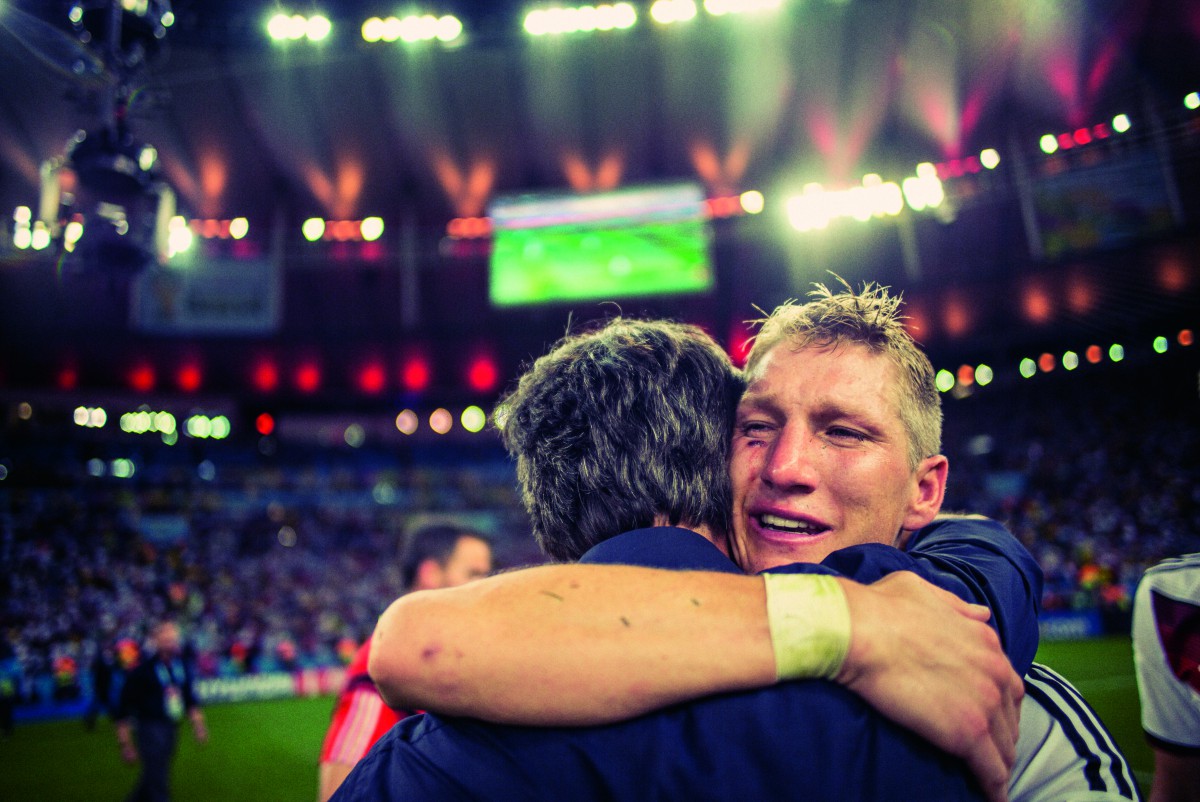
Prime Lenses
Now You could be under the impression that with an 18-55 zoom lens You might have already the “magical” 35mm that I am talking about in this post. Let me assure You that a zoom lens is completely different from the prime lens that I would take any day as my final choice of focal length.
I worked with a similar zoom lens for the longest time after acquiring my first camera. It was ok to get the first hang of Street Photography, but such a zoom lens never gets close to the feeling of a prime lens. Even when setting the zoom lens to a basic length of 35mm it is never the same.
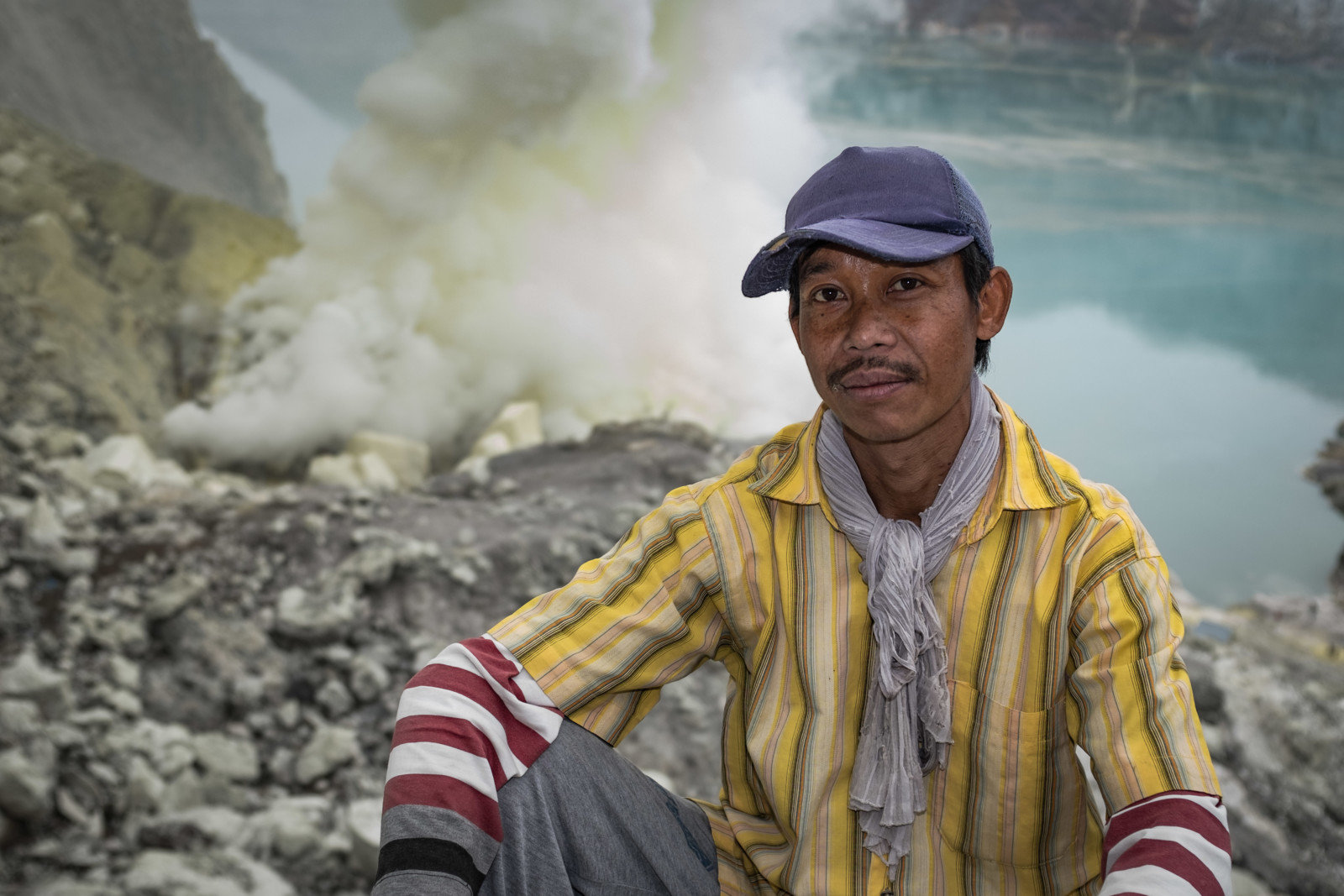
Advantages of the prime lens in Street Photography
The main point is, that a zoom lens will always lack in absolute image quality. In return, You get more flexibility, but that isn’t really needed in Street Photography. I want to get close to my subjects, emotionally and from physical distance, this means that if I needed to zoom in, to get the desired frame, that the atmosphere is disturbed anyway.
Another advantage of prime lenses in general, not only the 35mm, is that the maximum aperture is often more open. At first, this might sound like a huge difference, because in Street Photography we rarely use bokeh as a stylistic means. Changing the setting to a dark night, on the other hand, You will notice the difference of every additional f-stop You are able to open up the aperture. This allows You to reduce the ISO and reduce the noise.
What might sound like a contradiction, that we aren’t able to zoom in deliberately, is a benefit in my point of view. As photographers, there might be the temptation to become lazy and instead of moving ourselves, we just change the focal length. A prime lens reminds us to keep moving, to never be complacent to work for every picture. It is just a little psychological kick in the butt, but at least it helps me to be reminded to leave the comfort zone myself.
Versatility of the 35mm focal length
From time to time, I also enjoy other genres than Street Photography with my camera. I found that the 35mm is very suitable when it comes to for example portrait or landscape photography.
I tried portrait photography with my RicohGR before and honestly, wasn’t happy with it. Although the 28mm isn’t a huge difference to the 35mm, the distortion when it comes to people photography becomes quite noticeable. Moreover, the bokeh from a longer lens will in most cases look better.
Therefore I like the FujiX100F – which has a 35mm lens – that I currently use for Street & Documentary Photography very much. I am able to do my typical Street Photography but am also able to go for a quality portrait at the same time.
Landscape Photography is also in the very good range of the 35mm.

35mm Gear
When You want to try the 35mm in Street Photography Yourself, You can either buy a camera with a fixed focal length or get a lens for Your camera system.
Since I prefer prime lenses and value the 35mm so highly, I don’t need any other lens. I am confident that all I need is this one focal length, which is also the reason I prefer fixed focal length cameras.
You can have a look at my comprehensive Camera Guide for 2019.
FujiX100F
My favorite choice to go for the 35mm is the FujiX100F (on Amazon) which features a 23mm lens and equals the 35mm full-frame.
You can have a look at my review of the FujiX100F.
FujiFilm Lens
If You have another Fujifilm system and are just searching for a suitable lens, then the Fujinon XF23mm (Amazon)with a max aperture of f/2 should be Your new Street Photography companion.
Canon Lens
Canon is not only known for their “nifty-fifty”, they also produce other focal lengths to a very reasonable price with high quality.
The Canon EF-S 24mm (Amazon) is one of those lenses for under 150$ that You should have in Your inventory if You are sporting a Canon system.
Sony Lens
The good thing about the Sony A7 series is that You can adapt manual 35mm lenses very easily.
Otherwise, You can have a look at the Sony 35mm F2.8 Sonnar T FE ZA Full Frame Prime Fixed Lens (Amazon) from Zeiss which offers one of the highest quality available on the market right now.

















